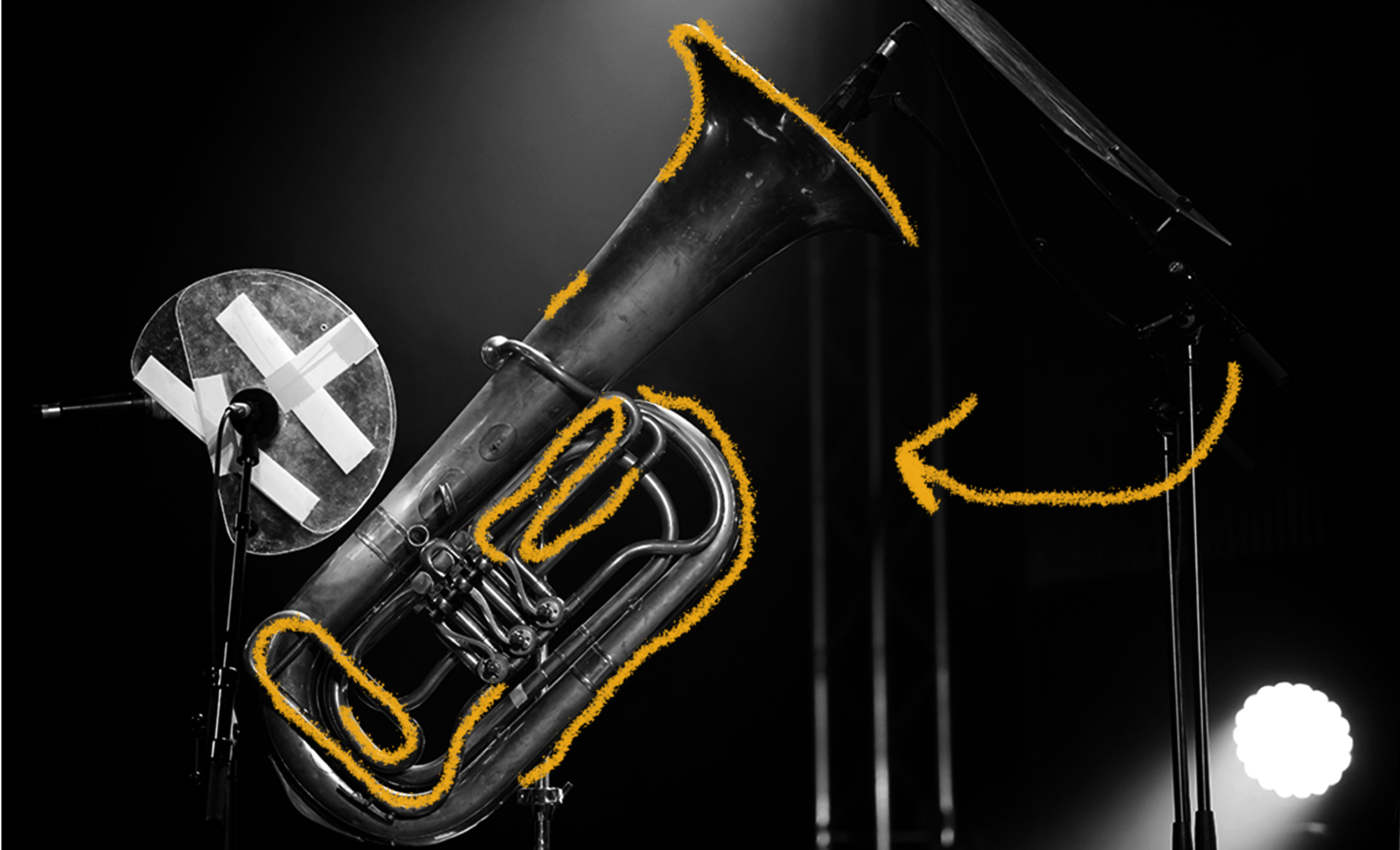Valves were invented in the 1820s and the first tuba was created just a few years later. On September 12, 1835, a German military bandmaster named Wilhelm Wieprecht and a musical instrument inventor named Johann Moritz filed a patent for the bass tuba, a precursor to the modern tuba. They borrowed the name from a bronze instrument used in ancient Greece and Rome, but added “bass” in front since it had a lower tone than the historical bronze instrument. Three years later, Moritz created the tenor tuba, which had a higher tonal range. Soon after, Ferdinand Sommer made the tubes of the tenor tuba thicker and more tapered, creating the euphonium. Additional inventors created tubas with various pitches and designs. We now use the term "tuba" to refer to this group of brass instruments with the lowest tonal range. Today, the modern tuba is typically a C or B♭ tuba, but F and E♭ tubas are also sometimes used. Tubas appear in various styles of music.

Your go-to guide for weird history facts
Subscribe to the FREE daily email that makes learning about history fun.


